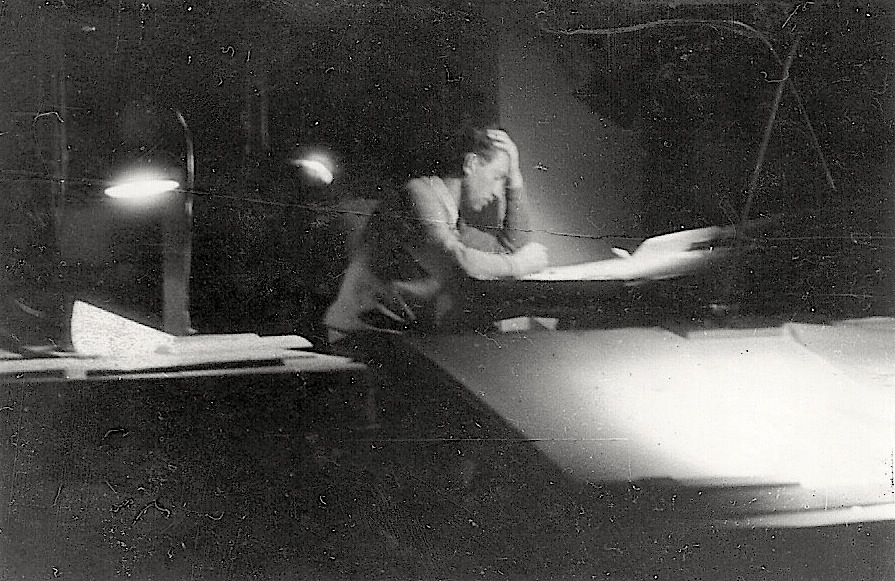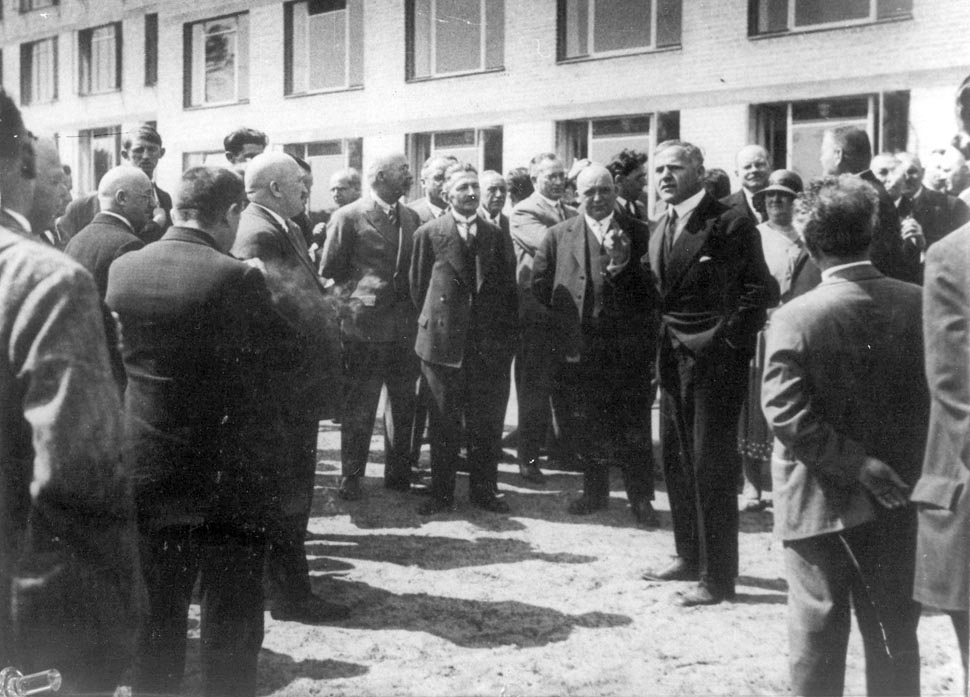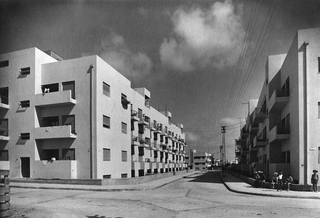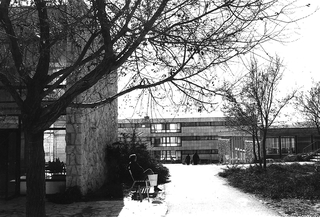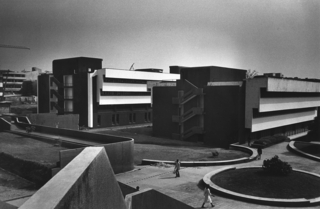When Arieh Sharon came to the Bauhaus in Dessau at the age of 26, he was already an architect. He had previously moved to Palestine as a young man and co-founded a kibbutz there, where he worked as a beekeeper. What he particularly admired about bees was their organized, collective building and the efficient design of their honeycombs. Eventually, he began to plan and construct smaller functional buildings in the community. He was sent to Germany to further his knowledge of architecture. Going to the Bauhaus seemed to him to be the right thing to do with the art school's reorientation towards technology and the new start in Dessau.
Two years later, Hannes Meyer became director of the Bauhaus – and Arieh Sharon one of his most trusted students and closest collaborators. When Meyer won the architectural competition for the School for the General German Trade Union Confederation (ADGB) in 1928, he appointed Sharon as construction manager for the associated teachers' and employees' residences. After Hans Wittwer's departure from the Bauhaus and the Bernau school project in spring 1929, Meyer even entrusted Sharon with the entire management of the Berlin construction office, which had been set up specifically for the planning and construction of the Trade Union School. The majority of the plans for tthis school and its Teachers' Houses were drawn by Sharon. He can also be seen in a photo of the opening of the Trade Union School on May 4 – standing in the background and towering over everyone else by a head. Meyer's instructions to Sharon on how the building should look were very specific. In his book "Kibbutz + Bauhaus. An architect's way in a new land", published in 1976, he described the requirements for the materials of the Trade Union School as follows:
"The execution must be done in a truly purist manner, without the use of plaster or other 'camouflage'. Bricks, concrete, wood, steel, plywood and asbestos had to retain their natural color and texture [...]. All pipes and fittings had to remain visible."
The visit of a Soviet delegation, all architects and designers, to the renowned WChUTEMAS art school in Moscow turned out to be fateful for Sharon. Sharon's initial task was to show the visitors around the Bauhaus and show them everything. In return, he and two other Bauhaus members – including Gunta Stölzl, who headed the Bauhaus weaving workshop as a young master craftswoman - were invited to Moscow in the spring of 1928. Sharon and Stölzl became close during this trip. They later became parents to a daughter, Yael, and eventually married. When Stölzl had to leave the Bauhaus in 1931 and emigrated to Switzerland with his daughter, Sharon returned to Palestine and opened his own architectural practice there.
Arieh Sharon quickly established himself as a modern architect. When Israel was founded in 1948, he became one of the most important and best-known architects in the construction of the new state. He planned a large number of public school and hospital buildings in the "White City" of Tel Aviv, in other Israeli cities and even (on behalf of UNESCO) in Africa. The analytical work at the Bauhaus, which he had learned under the direction of Hans Wittwer in the architecture class, became the most important part of his work.
Sharon taught architecture at the Technion (Israel Institute of Technology) in Haifa for several years. From 1948 to 1953, he was director and chief architect of the National Planning Department. In 1949, the founder of the Israeli state, David Ben Gurion, commissioned Sharon to design a general plan for the whole of Israel. In 1954, he became an independent architect again and opened a partner office together with the architect Benjamin Idelson. From 1965, he worked with his son Eldar Sharon, who also became an architect, until his death in 1984. His daughter Yael from his first marriage to Gunta Stölzl also worked in the architectural firm after emigrating from Switzerland to Israel after the Second World War.

